Art Sanfratello: For the same reasons we see the on-road guys using them to bring down their motor temps and operating temps for the speed controls. I was doing both on-road and off-road racing and figured it would be a good idea to bring the fans in to the Stock Buggy Class “Scene.” I thought it would be better to see our electric systems coming off the track at 100F instead of 170F. With a little bit of testing, I was able to find a bit more punch toward the end of the mains in five to seven-minute races. We are seeing a big jump in efficiency toward the end of races since the entire electric system stays cool. By cooling the motor, you’re also cooling the battery and the operating temps of the speed control. When you just cool the speed control, you don’t see the same benefits of also cooling the battery and motor. Not only are you getting a punchier car toward the middle to end of a race, but you are helping to extent the overall life of your electronics. In theory, your entire electrical system will have longer life and see an improvement in durability since you aren’t subjecting them to the high harmful temps.
What kind of drops are most racers expected to see in their 2WD buggy versus not using anything at all?
Art Sanfratello: Obviously there are some other factors there including timing of the motor, gearing, traction, ambient temperature and things of that nature, but speaking on an average, I’m seeing guys running in the 160-170F range running without a fan on the motor after five to six minutes, are now usually getting around 100F or just below 100F. So in a lot of cases, you can see upwards of 70 degrees cooling difference- that’s a lot of performance gain.
And as apposed to popular opinion, a fan doesn’t really draw that much power does it?
Art Sanfratello: Well specifically, the RC Speed Secrets fans are designed to be in an RC car. The 30mm fan at 8.4 volts is operating at about 28,000 rpm and is only drawing about .43 amps. It does have a ball bearing in it as opposed to plastic male and female spinning parts- it’s normally what you’d find in your average 6.0 volts fan. A RCSS fan can be run at 8.4 volts, meaning you can wire it direct to the speed control or battery posts instead of just plugging it in to the receiver that limits the voltage to 6.0 volts. By going direct at 8.4 volts, you boost the rpm another 5 to 10,000. This really maximizes the output of the fan and having the ball bearing inside adds a lot of efficiency and keeps the amperage down. So the battery draw is minimal, and for instance, isn’t going to make a difference if you’re on the starting line with the fan running.
Article Credit: Radio Control CarAction www.rccaraction.com/

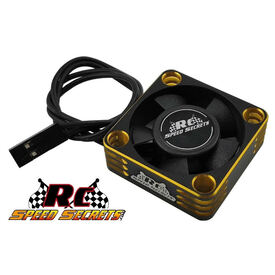



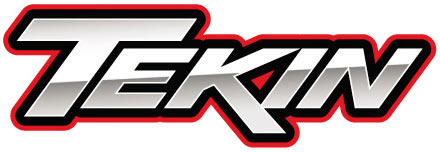
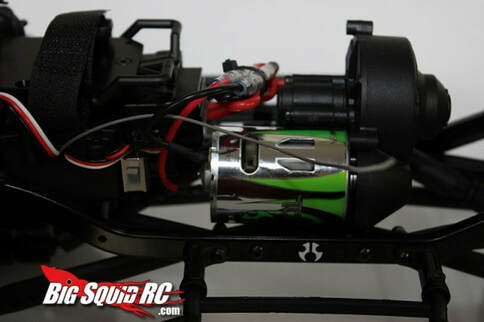

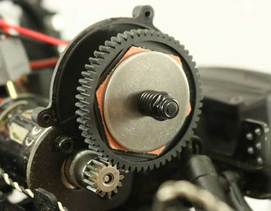


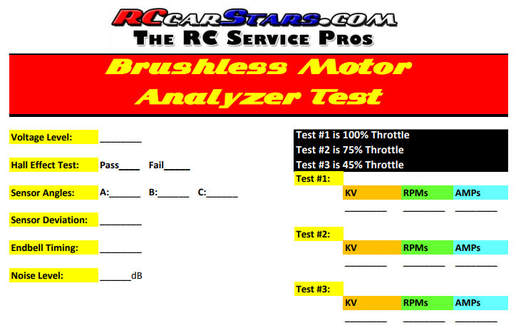
 RSS Feed
RSS Feed